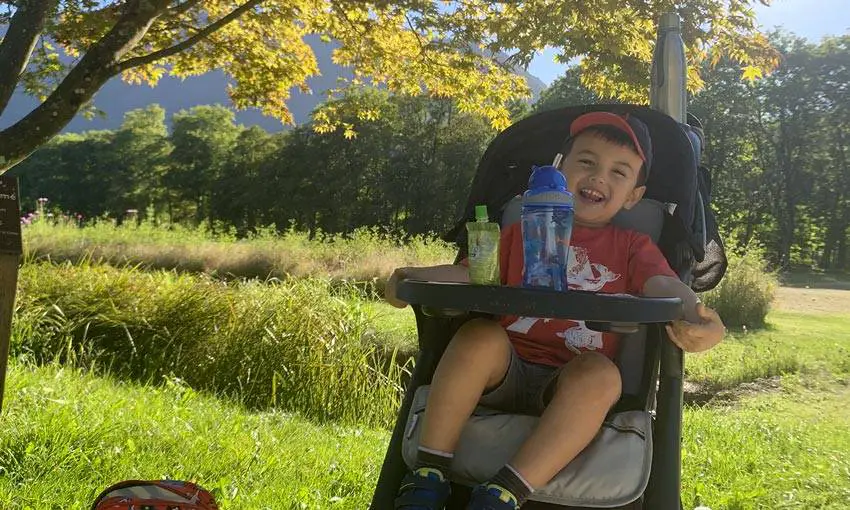
Japan is well-known for its major natural disasters, like the Great East Japan Earthquake in 2011 that resulted in a huge tsunami creating terrible consequences. When you experience the power of nature and what it can do, no wonder that the Japanese decided to power up their tsunami warning system to be better prepared in case it happens again. And if you’re visiting Japan, you might want to learn some basics about the warning systems if something happens.
So what is the tsunami warning system in Japan? The tsunami warning system in Japan is based on several warnings, often issued after a strong earthquake. The first warning is issued in 3 minutes, while the next one will be issued, generally, in 15 minutes using data from several sensors located offshore and GPS buoys located in coastal areas.
Now let’s take a closer look at all the details and sum up all the information in a quick and helpful guide you can read, just in case.
By the way, there’s a great documentary on the Japanese tsunami called Pray for Japan available on Amazon Prime Video for free if you have a Prime subscription. And if you don’t have one, you can start a free trial of 30 days and watch lots of free stuff like this other documentary called Tsunami: Facing The Global Threat.
What is a Tsunami?
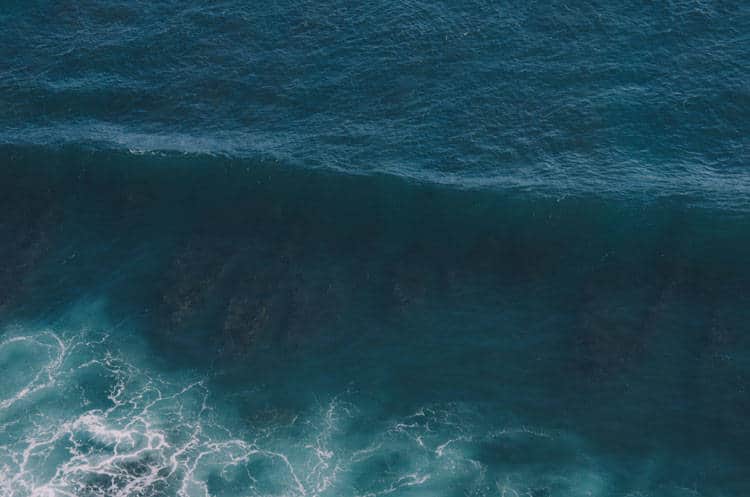
Tsunami (津波) is a Japanese word that means “harbor wave”. It is a series of great destructive sea waves that are usually caused by some sort of earthquake activity or underwater disturbance (underwater earthquake, volcanic eruption, or landslide). The tsunami waves travel fast in deep waters (as fast as jet planes!) and only slow down in shallow waters. Regarding the tsunami waves’ height, they are not very high while in the deep ocean, but the height increases dramatically once the depth of the ocean decreases.
So, the tsunami waves are small and fast on the ocean but become big and slow when traveling inland. When I say slow, it’s just compared to their speed when crossing the ocean (up to 500 miles or 804 km), because they can go as fast as 30 miles (48 km) inland, according to the US National Tsunami Warning Center. This is fast for a big wave full of debris.
Tsunami waves can exceed 100 feet (30 meters) if they strike close to the source, but most of the tsunamis are less than 10 feet (3 meters).
Hey, check out these recommendations I have for you!
Before going any further, take a look at some of the recommendations I've handpicked for you. I think these are essential items you should have on your trip to Japan. You can check them out and buy them directly from Amazon.
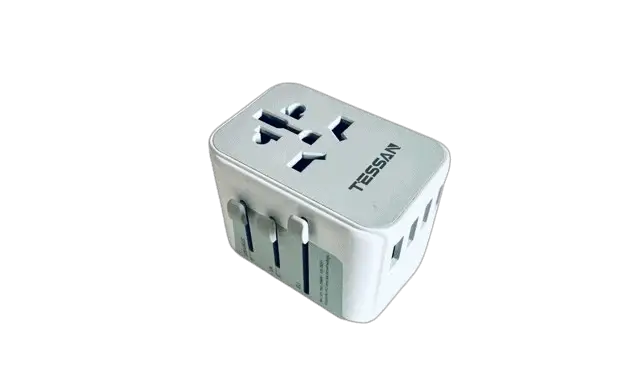
|
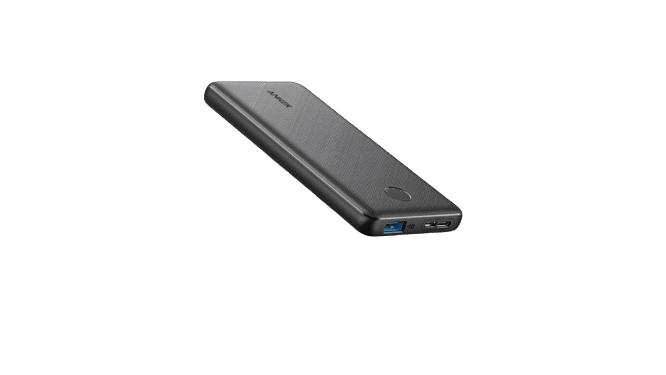
|
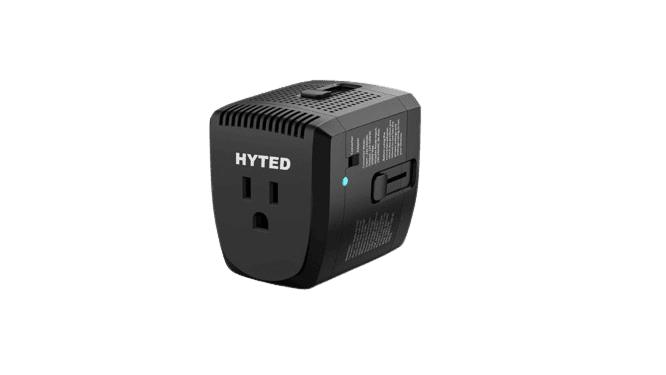
|
| A universal travel adapter | A 10,000 mAh power bank | A travel adapter and converter |
Generally, if an earthquake is strong enough to cause a violent movement of the earth with a sudden displacement of the ocean water, you can expect to observe a tsunami. Japan being the world’s foremost earthquake country, is also a country that is located in the most tsunami-vulnerable region.
One of the latest and highly devastating tsunamis in Japan was the one that originated from the Great East Japan Earthquake of March 11, 2011, with more than 18,000 people killed or missing. If you don’t know the story of this huge tragedy, I recommend reading a great book called “Ghost of the Tsunami” available on Amazon (also available in audio version).
Tsunami Warning System in detail
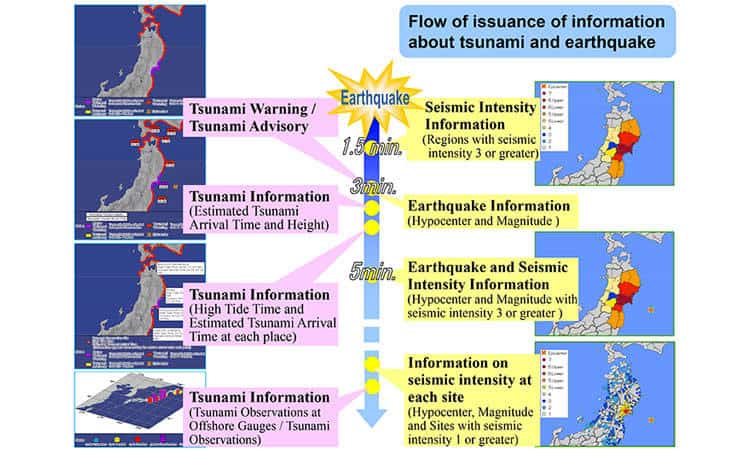
Image from the Japan Meteorological Agency
Since tsunamis can strike quickly after an earthquake, the Japan Meteorological Agency (JMA) has to issue warnings/advisories as soon as possible (usually within 3 minutes after a huge earthquake).
The first information given is based on the earthquake’s location and magnitude and a large database of computer simulations, using several tsunamis with earthquake scenarios in different locations and with different magnitudes.
Dreaming of Japan? Here’s your go-to guide for a great trip.
Download Free Guide
To avoid the information problems that happened during the huge tsunami in 2011, the first tsunami warning issued will not give the tsunami’s estimated height in quantitative values, instead, it will be expressed in “High” for waves between 1 and 3 meters, and “Huge” for waves between 3 and 10 meters or even above 10 meters.
In this early stage, since the JMA doesn’t have yet all the necessary information about the tsunami, it is important not to underestimate the tsunami heights so that people realize the real danger, and also because communications might be cut, and people won’t be able to get the tsunami update after the first warning.
After the first warning has been issued, the JMA will start to examine all the sources in detail and will estimate again the tsunami heights. If they detect tsunami waves, they will also estimate the arrival times.
To have information sources available at any time, Japan’s tsunami warning system gathers data from ocean-bottom tsunami sensors further offshore, GPS buoys, coastal-area tsunami meters, broad-band strong-motion seismometers, and even DART buoys which are water-pressure gauges.
Once they have reliable information from their analysis, they update the warning with more precise information.
To avoid any kind of interruption in terrestrial data networks, observation facilities have satellite-link telecommunication equipment. Even if the observation facilities can be damaged, they also have mobile observation facilities equipped with photovoltaic panels and satellite phones.
Around 15 minutes after the earthquake, the tsunami height estimations are issued in five classes, and JMA uses the upper-limit value for each class in the next warnings (1 m, 3 m, 5 m, 10 m, and above 10 m). Check the table below for details.
| Type of Warning | Estimated maximum height | What to do | Expected damage |
| Major Tsunami Waning | Over 10 m (huge) | Evacuate immediately; go to high ground or a tsunami evacuation building | Wooden structures will be completely destroyed |
| Major Tsunami Warning | Between 5 and 10 m (huge) | Evacuate immediately; go to high ground or a tsunami evacuation building | Wooden structures will be completely destroyed |
| Major Tsunami Warning | Between 3 and 5 m (huge) | Evacuate immediately; go to high ground or a tsunami evacuation building | Wooden structures will be completely destroyed |
| Tsunami Warning | Between 1 and 3 m (huge) | Evacuate immediately; go to high ground or a tsunami evacuation building | Damage to low-lying areas; flooded buildings |
| Tsunami Advisory | Between 20 cm and 1 m | Get out of the water, leave coastal areas | Fish farming facilities will be washed away |
If the first waves observed are much smaller than the warning issued, JMA will issue “Currently observing” announcements to keep people aware that the danger is not over yet.
On the other hand, if the waves are expected to be higher than estimated, the warnings will be immediately updated.
What to do When a Tsunami Occurs?
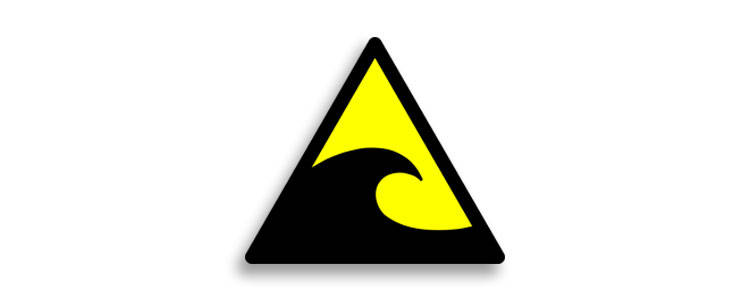
If you’re in Japan and you hear a tsunami warning, the most important thing is to move away from the water as fast as you can. If you can’t get far away, remember to take shelter on higher grounds. These can be mountains or even buildings. Since you can’t outrun a tsunami, if the waves are coming, just climb the highest building you can find.
When traveling in Japan, make sure you notice in advance any tsunami evacuation buildings that can save you if a tsunami is coming and you don’t have time to move far away from the water. According to the US National Tsunami Warning Center, you should take shelter at least 100 feet (30 meters) above sea level or move 1 mile (1.6 km) inland, so if you don’t have enough time to do this safely, it’s better to climb a tsunami evacuation building.
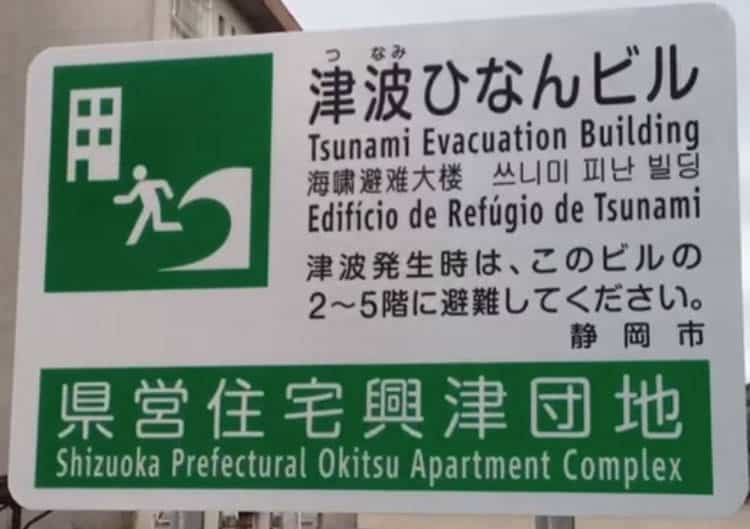
If you can’t find a tsunami evacuation building or even a tall and resistant building, your last option will be to climb a tree (but this must be your very last option when everything else fails because trees will be most likely dragged under by the tsunami).
Get all the cool spots and tips for a fun trip to Japan. It's free!
Get My Japan Guide
Once you’re in a safe place, try to get all the information possible from television, radio, mobile apps, etc about the warning updates. Don’t assume that a tsunami is over just because the wave just passed. Remember, tsunamis come in a series of waves. If you take shelter in a temporary place, try to get further away from the water before the next wave arrives because it can be bigger and stronger.
You should only return to your hotel or search for loved ones once the authorities issue an “All clear” update.
Here’s a short video that shows you how the local television may announce earthquakes and tsunamis to the people. I would recommend getting familiar with these warnings and alarm sounds because a quick reaction can save lives.
You can also check the Japan Meteorological Agency page for the latest tsunami warnings and the latest tsunami information.
Installing some phone apps like “Safety Tips” can be useful for following tsunami updates and it works for earthquakes and volcanic eruption warnings too.
Conclusion
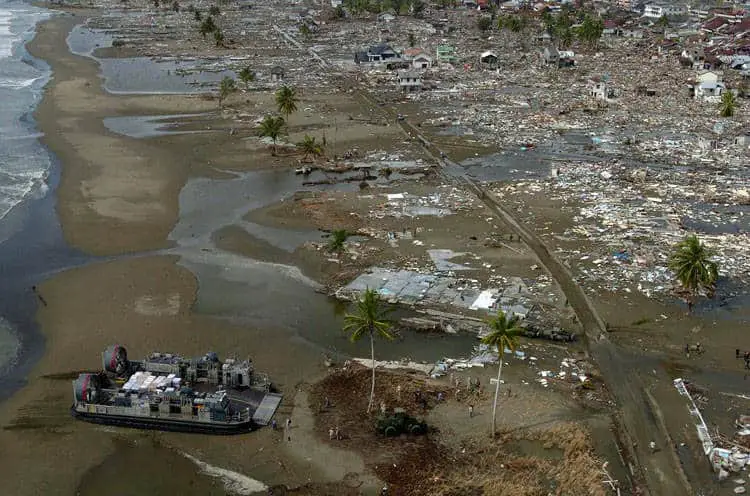
According to the Japan Earthquake Research Committee and their 2018 forecast, the probability of a level 6 earthquake or above occurring in the next 30 years is incredibly higher (around 80%) in regions like Tokyo, Yokohama followed by Shizuoka and Nagoya (around 70%). So, if you’re visiting Japan in the next years, there’s this probability that you might have to face a huge earthquake and tsunami.
Remember to keep in mind a few things regarding tsunamis:
- Most tsunamis happen due to earthquakes. If you experience a strong or long earthquake, be aware of the tsunami
- Always follow the instructions given during earthquake and tsunami warnings
- Notice the nature signs. If you notice a sudden fall and rise of the seawater, this is a good sign that a huge wave is coming
- Tsunamis are fast and you can’t outrun them. Move away from the coast, but if the water is coming, go to the highest ground possible
- Tsunamis come in a series of waves. The first wave may not be the last or the highest. Stay safe until all the official warnings are cleared
You might want to keep with you the new tsunami warning system leaflet from the Japan Meteorological Agency for future reference as it sums up the warning system and the actions you must take. Also, include some sort of first aid kit in your luggage if you’re traveling to Japan because it might be useful in an emergency or even if you just plan to climb Mount Fuji. A good example of an effective first aid kit is this one on Amazon, which is very complete.
And before you go, here’s a short video by National Geographic that explains tsunamis with some real examples.


